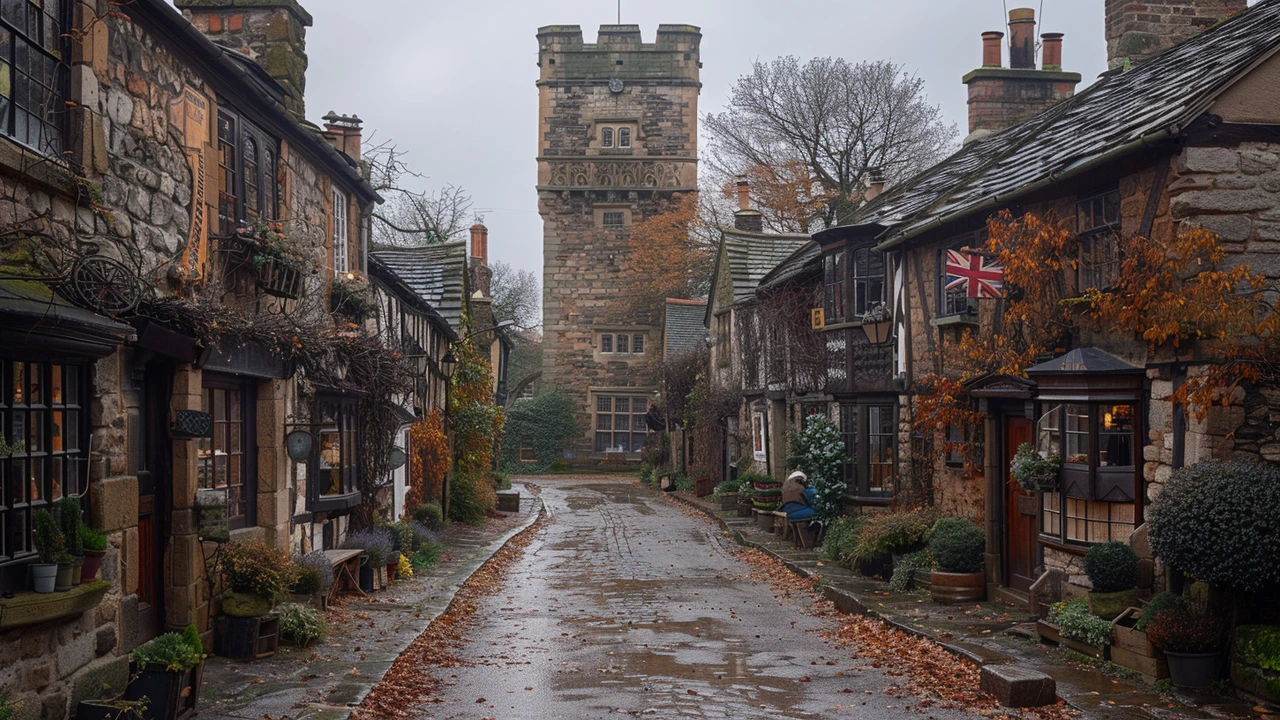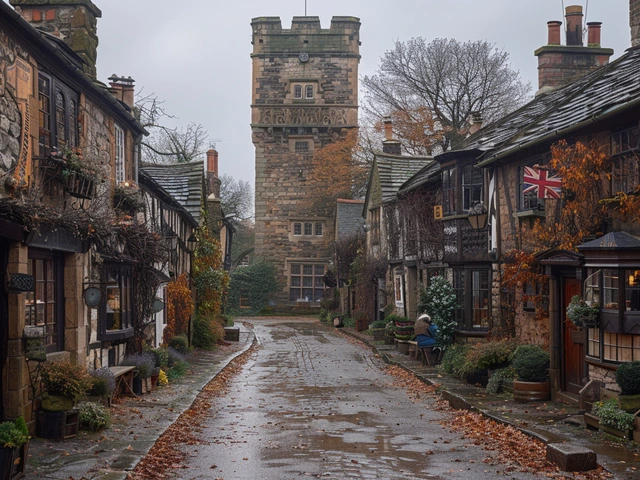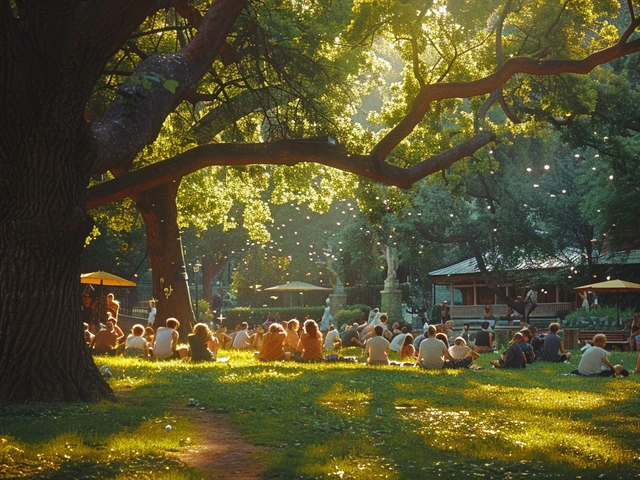Introduction
In recent years, there's been a noticeable shift back towards embracing the past, a movement identifiable as 'revivalism'. This trend isn't merely about nostalgia or the appreciation of antiques but reflects a deeper desire to reconnect with our roots and carry forward the wisdom of bygone eras into today's fast-paced, technology-driven world. In this exploration, we will unravel the layers of revivalism, understanding its essence, and seeing firsthand how it manifests across different aspects of modern life.
Understanding Revivalism
Revivalism, at its core, is the process of bringing back to life historical customs, beliefs, and practices, but with a modern twist. It's an acknowledgment that while we've advanced in numerous ways as a society, there's inherent value in the traditions of the past. This movement spans across art, music, fashion, and even gastronomy, showing us how versatile and widespread the revivalist spirit is. From artisanal bread-making to the resurgence of vinyl records, it's clear that what's old is new again.
The Catalyst for Cultural Renewal
So, what drives this yearning for the past? Several factors play a crucial role. Economic uncertainties, a collective quest for sustainability, and a deeper understanding of our cultural identities all fuel this revivalist fire. It's a form of resistance against the homogenization brought about by globalization, an effort to preserve uniqueness in a world that's increasingly becoming one-size-fits-all.
Reviving Traditions in Modern Apparel
One of the most visible arenas of revivalism is in clothing and fashion. Designers are increasingly looking back to their cultural roots for inspiration, merging traditional patterns, textiles, and techniques with contemporary designs. This not only breathes new life into nearly forgotten arts but also allows us to wear our histories and stories, making a personal statement in an era dominated by mass-produced fashion.
Resurrecting Ancient Culinary Practices
The kitchen, too, has become a significant battleground for the revivalist movement. There's a burgeoning interest in ancient cooking methods, indigenous ingredients, and heirloom recipes. This culinary renaissance not only enriches our palates but also connects us to our ancestry and promotes biodiversity. By valuing what each culture brings to the table, literally, we foster a deeper global appreciation and understanding of one another.
Art and Music: Reinterpreting the Classics
The arts are inherently cyclical, regularly drawing from previous epochs. However, the current wave of revivalism in art and music is not mere replication. Instead, it's a dynamic reinterpretation that honors the essence of the original while making it relevant for today's audience. From baroque-inspired pop songs to street art that revives classical painting techniques, the blend of old and new creates a rich tapestry that speaks to a wide array of experiences and emotions.
The Role of Technology in Cultural Revival
Ironically, the very thing that seemed poised to uproot traditional practices—technology—has become a crucial ally in their revival. Social media platforms, online tutorials, and digital archives have made it easier than ever for individuals to learn about and engage with historical customs. Technology has democratized access to information, allowing more people to participate in revivalism, regardless of their geographical location or background.
Steps to Engage in Revivalism
For those intrigued by the idea of integrating traditional practices into their lives, there are several steps to begin this journey. Start by researching your own heritage, identify practices that resonate with you, and seek out communities or groups with similar interests. Experimentation and innovation are key, as revivalism isn't about strict adherence to the past but about breathing new life into old traditions. Whether it's through the clothes you wear, the food you eat, or the music you listen to, there are endless ways to make the old new again.
Conclusion
In a world that often seems obsessed with the next big thing, the revivalism movement serves as a refreshing counterbalance, reminding us of the richness of our collective past. By reinterpreting and reintegrating traditional practices into our contemporary lives, we not only enrich our personal experiences but also bridge the gap between generations. The revivalist movement isn't just about looking back; it's about moving forward with the best of what history has to offer.





